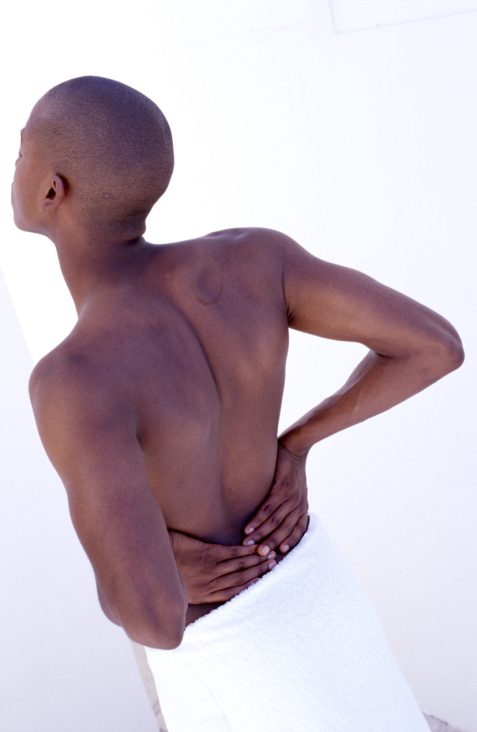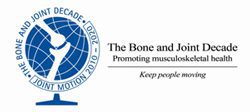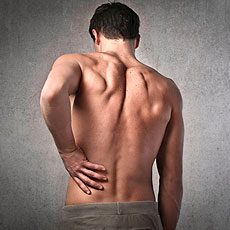The good health and impressive athletic performance displayed by Johnson in his 2015 victory of the British Open Golf can, in part, be attributed to the care he receives from doctors of chiropractic (DC).
“Over the years, chiropractic care has become a foundational health care element offered to amateur and professional athletes, including golfers, to help alleviate pain and prepare the body for peak athletic performanceâ€
“Zach has been receiving chiropractic care his entire life,†states Dr. Johnson, a graduate of Palmer College of Chiropractic, who notes that his son continues to receive regular adjustments while on and off the PGA Tour. “Throughout his professional career, Zach has relied on chiropractic to help prevent, manage and treat the wide array of injuries that athletes are susceptible to, and to help keep his body functioning at its best.â€
Doctors of chiropractic are specifically trained to provide hands-on care that helps to improve range of motion, flexibility, muscle strength and other key performance factors, as well as counsel on nutrition, exercise and lifestyle choices. Today, PGA Tour chiropractor Dr. Van Biezen travels with Zach Johnson and several other professional golfers, including 2015 Masters Tournament and U.S. Open winner, Jordan Spieth.
“Over the years, chiropractic care has become a foundational health care element  offered to amateur and professional athletes, including golfers, to help alleviate pain and prepare the body for peak athletic performance,†states Dr. Van Biezen, a graduate of Parker University. “Regular chiropractic care helps to maintain proper postural balance, reduce the risk of injury, and improve recovery time and overall health.â€
offered to amateur and professional athletes, including golfers, to help alleviate pain and prepare the body for peak athletic performance,†states Dr. Van Biezen, a graduate of Parker University. “Regular chiropractic care helps to maintain proper postural balance, reduce the risk of injury, and improve recovery time and overall health.â€
To help raise public perception of the profession, Zach Johnson and Jordan Spieth have individually agreed to participate in the Foundation for Chiropractic Progress (F4CP’s) targeted ad campaign, “Champions of Chiropractic,†which showcases high-profile celebrities and their DCs endorsing chiropractic care. With growing evidence on the dangers of short and long-term pain medication, the chiropractic profession is the largest health provider group offering non-pharmaceutical care with a record of cost savings and high patient satisfaction scores.
Read the full article here: http://www.businesswire.com/news/home/20150729006111/en/2015-British-Open-Victor-Zach-Johnson-Relies#.VcNakdHbI3E












